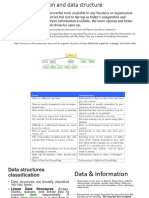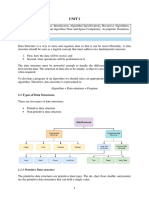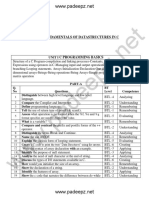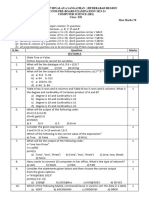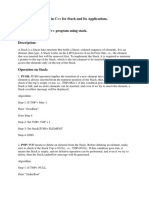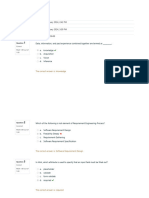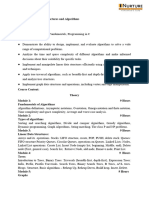0% found this document useful (0 votes)
7 views4 pagesCS Notes Exact As Chat
The document provides an overview of fundamental programming concepts including flowcharts, variables, keywords, linear search, stacks, arrays, and binary search algorithms. It defines each concept, explains their uses, and provides examples in Python and C++. Additionally, it discusses the advantages and disadvantages of algorithms and data structures, emphasizing their importance in programming.
Uploaded by
andersonwills901780Copyright
© © All Rights Reserved
We take content rights seriously. If you suspect this is your content, claim it here.
Available Formats
Download as PDF, TXT or read online on Scribd
0% found this document useful (0 votes)
7 views4 pagesCS Notes Exact As Chat
The document provides an overview of fundamental programming concepts including flowcharts, variables, keywords, linear search, stacks, arrays, and binary search algorithms. It defines each concept, explains their uses, and provides examples in Python and C++. Additionally, it discusses the advantages and disadvantages of algorithms and data structures, emphasizing their importance in programming.
Uploaded by
andersonwills901780Copyright
© © All Rights Reserved
We take content rights seriously. If you suspect this is your content, claim it here.
Available Formats
Download as PDF, TXT or read online on Scribd
/ 4






















